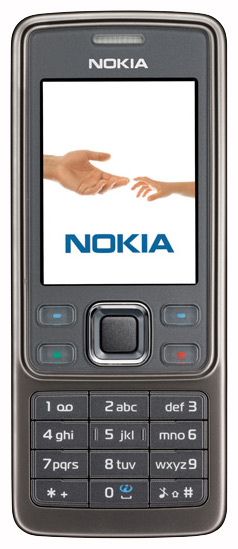 |
Please Enter IMEI Number:
|
Home / IMEI Checker / 356947032217731 Nokia 6300
This is on-line service for checking and verification of IMEI numbers of Nokia 6300 mobile phones, PDAs and other electronic devices. Each Nokia mobile cell phone, PDA or a device with a built-in GSM chipset has a unique 15 digit IMEI number. Based on this number, it is possilbe to check some information about the device, for instance brand and model, supported bands, operating system and special features.
|

|
||||||||||||||||||||||||||||||||||||||||||||||||||||||||||||||||||||||||||||||||||||||||||||||||
|
- What is IMEI? The IMEI [International Mobile Equipment Identity] is a unique number to identify GSM, WCDMA, and iDEN mobile phones, as well as some satellite phones.
- What is PDA? The PDA [Personal Digital Assistant] is a small tablet computer which functions as a personal organizer, but provides Internet access, email and messanger.
- What is GSM? The GSM [Global System for Mobile communication] is a digital mobile telephony system that is used in Europe and Asia. GSM uses a variation of time division multiple access (TDMA) and is the most widely used of the three digital wireless telephony technologies (TDMA, GSM, and CDMA).
- What is ESN number? An ESN number is an Electronic Serial Number which is used to identify a specific CDMA cell phone. A CDMA cell phone generally does not use a SIM card to to identify and authenticate subscribers to the network.
this|
this|
this|
this|
this|
this|
this|
this|
this|
this|
this|
this|
this|
this|
this|
this|
this|
this|
this|
this|
this|
this|
this|
this|
this|

© 2024 GSMChecker.com is a free IMEI check tool that helps to identify any GSM-enabled device.
Reverse Phone Lookup | IMEI Check | Receive SMS Online | Phone Database | Background Check | Contact us | Terms | Sitemap

© 2024 GSMChecker.com is a free IMEI check tool that helps to identify any GSM-enabled device.
Reverse Phone Lookup | IMEI Check | Receive SMS Online | Phone Database | Background Check | Contact us | Terms | Sitemap

















